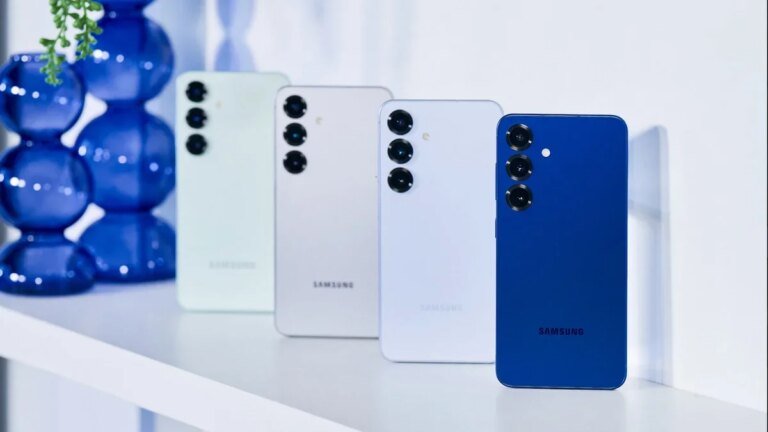It’s going one way: up


The Galaxy S25 Ultra is already an expensive gadget. | Image by PhoneArena
Reuters highlights how Samsung has sharply raised prices on several DDR5 memory chips, according to people familiar with the situation. These chips are normally used in servers that power AI models, but they’re also found inside smartphones, tablets, and laptops. With supply tightening fast, Samsung reportedly lifted prices for some models by as much as 60% between September and November.
These jumps are unusually steep. One major distributor told Reuters that Samsung’s 32 GB DDR5 modules climbed from $149 in September to $239 in November. Prices for 16 GB and 128 GB chips rose about 50%, and other configurations saw increases of more than 30%. Samsung hasn’t commented publicly, but a second source confirmed the hikes.The reason is simple: demand for memory chips in AI servers has exploded. Companies building data centers are scrambling for supply and are now paying heavy premiums to secure whatever they can. Some buyers have even started panic-ordering as shortages worsen. The crunch is so severe that China’s SMIC says companies are delaying other chip purchases simply because memory has become too hard to source.
Even Xiaomi warned that the rising costs are already making phone manufacturing more expensive.
As you may remember, Xiaomi recently launched their new Redmi K90 series, and Xiaomi president Lu Weibing explained on social media that the sharp rise in memory prices has already forced them to set higher launch prices (compared to the Redmi K80). He also warned that these costs could continue to climb if the shortage drags on.
Can price hikes be avoided?
For smartphones, the danger is indirect but real. DDR5 isn’t just a server part; it’s also used in high-end phones and tablets. If memory pricing stays this high, phone makers may have to swallow the extra cost or pass it on to consumers through more expensive flagship models.The reputable tipster Digital Chat Station, for example, expects the latter:
The price increase of memory is more serious than everyone thinks. It will be gradually passed on to the consumer end from the supply chain. In the future, we will see that products with large storage capacity will become more and more expensive. […] A few months ago, I said that memory prices were rising, and the recent wave of new phones has confirmed this. LPDDR5X (RAM) is currently showing a significant upward trend. The industry predicts that the memory price of new flagships next year will increase by 20-30% year-on-year.
– Digital Chat Station account on Weibo, October 2025
This comes at a time when companies everywhere are watching their budgets.
The new normal
From where I see it, this kind of memory crunch is bound to hit smartphones sooner or later. Even if phone makers try to hold off on raising prices, something’s going to give – slimmer margins, fewer promotions, or smaller memory in base models. With supply deals now locking in prices into 2026 and 2027, I wouldn’t be surprised if high memory costs become the new normal.


